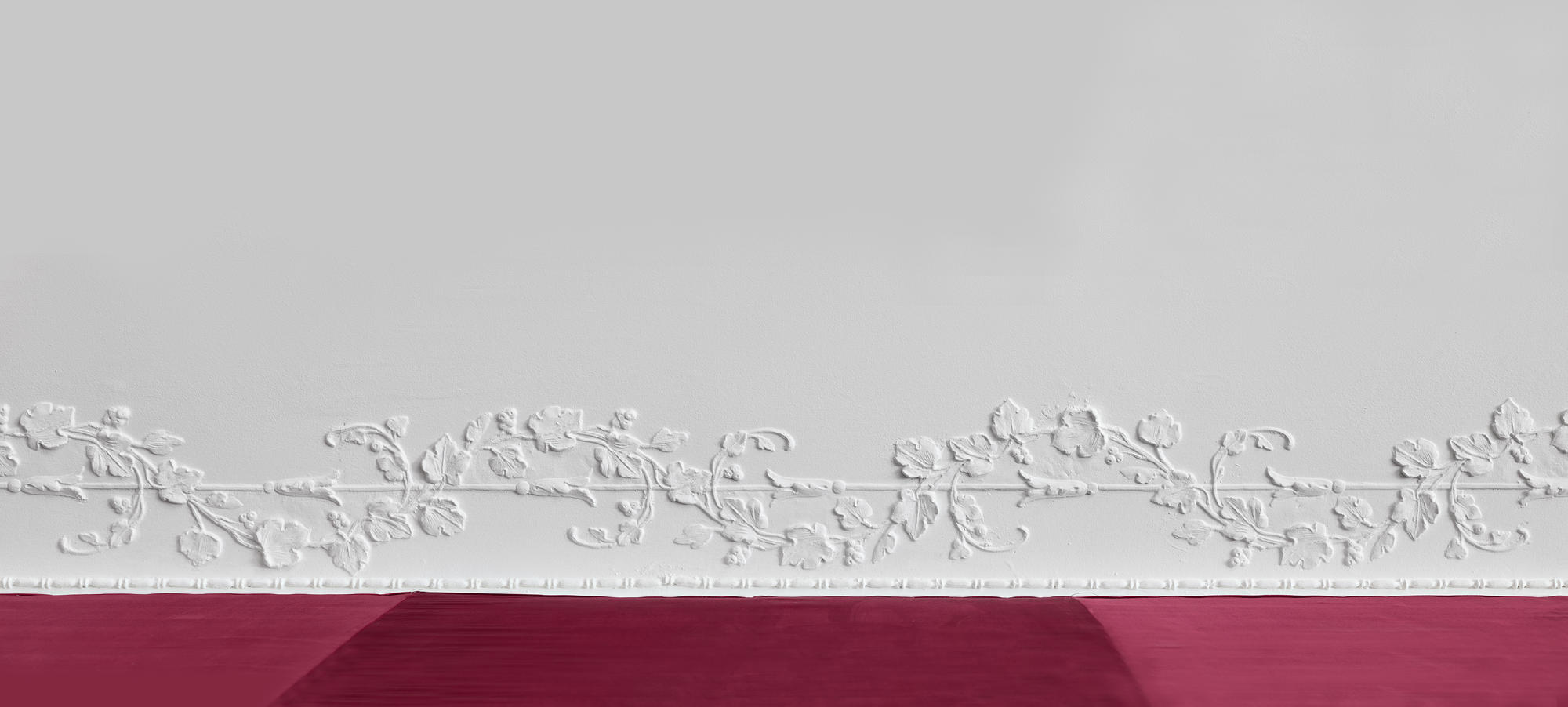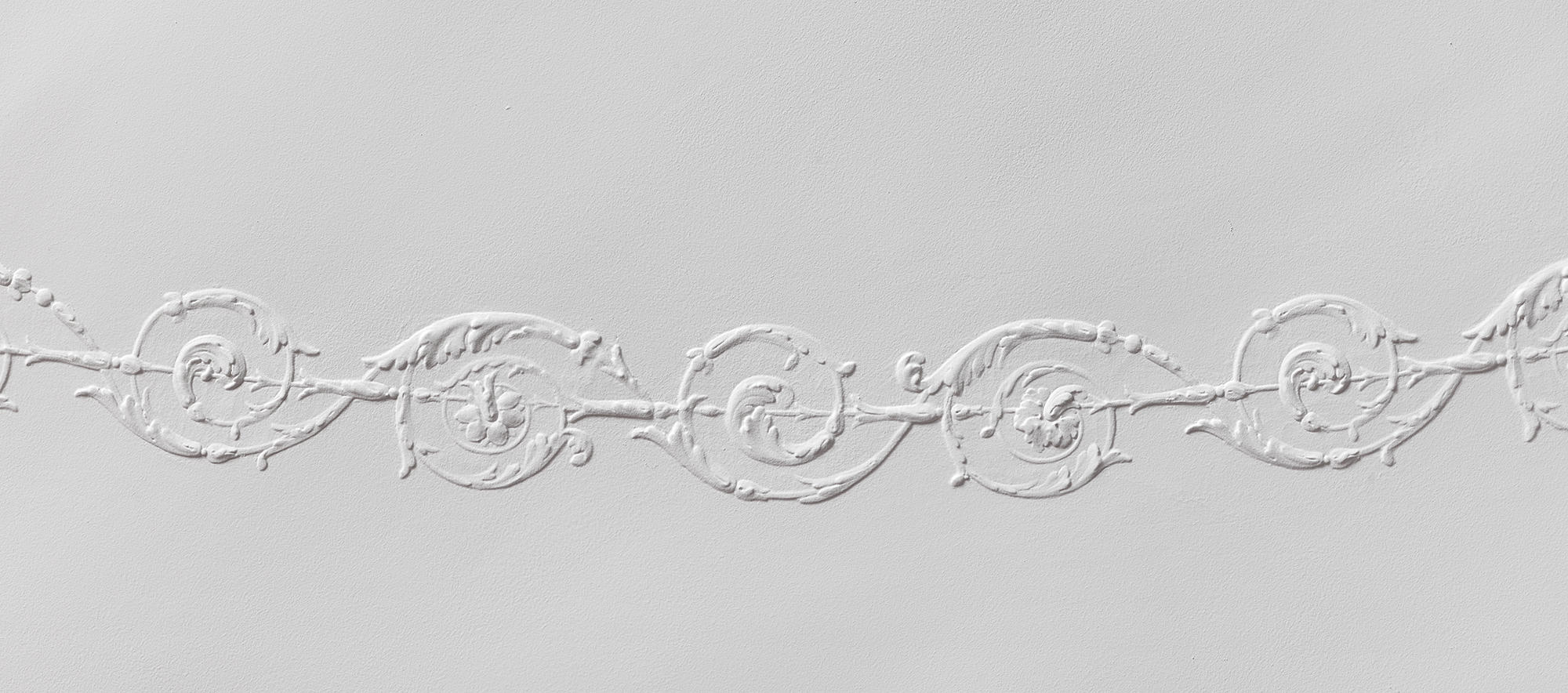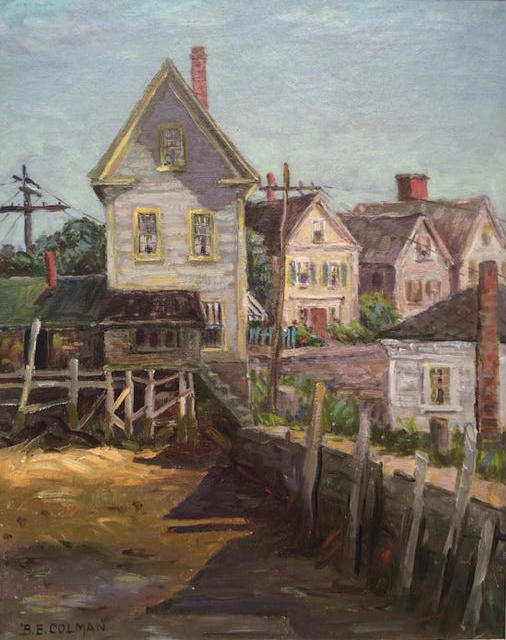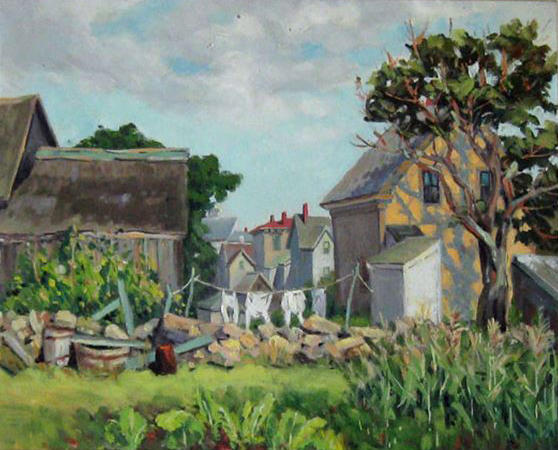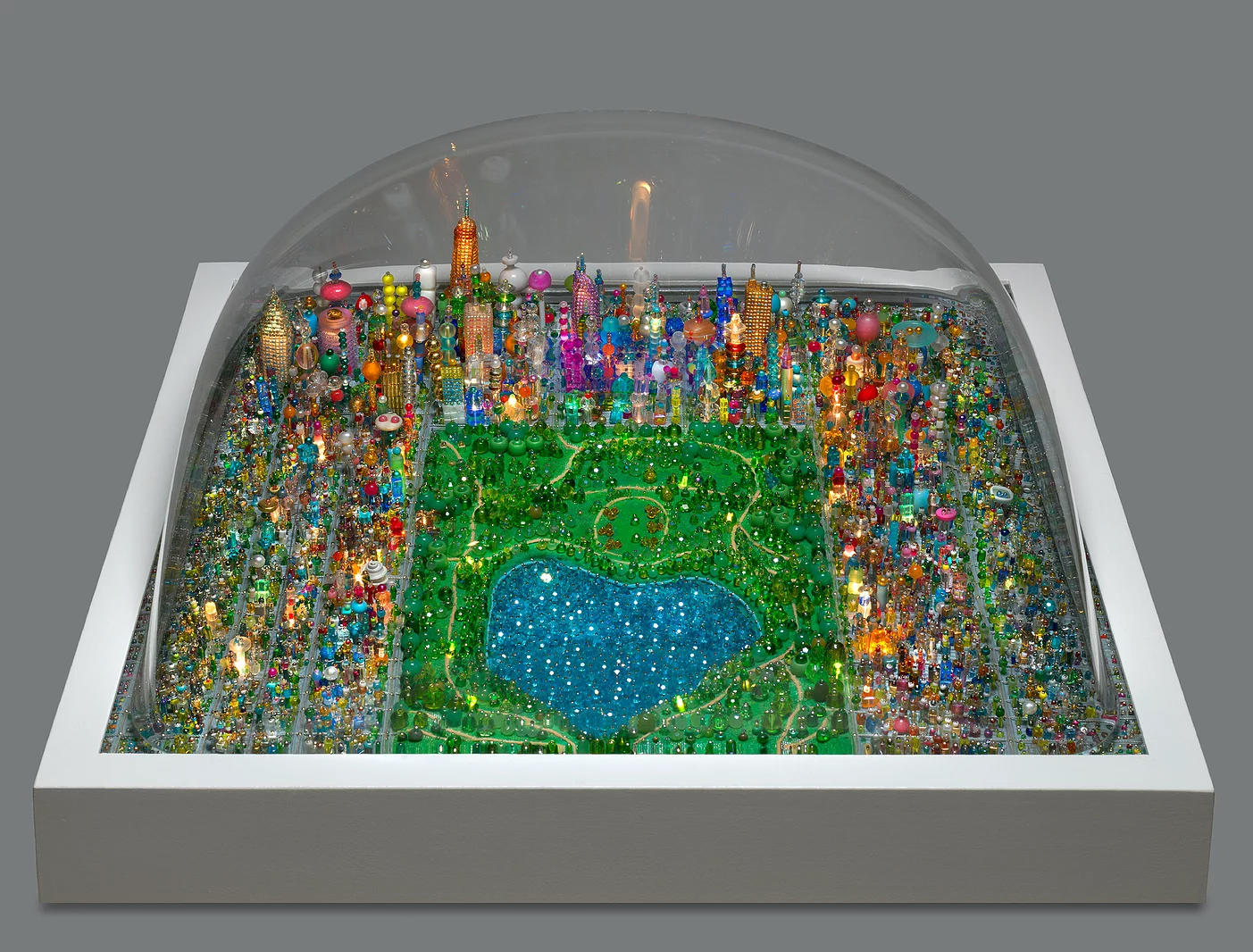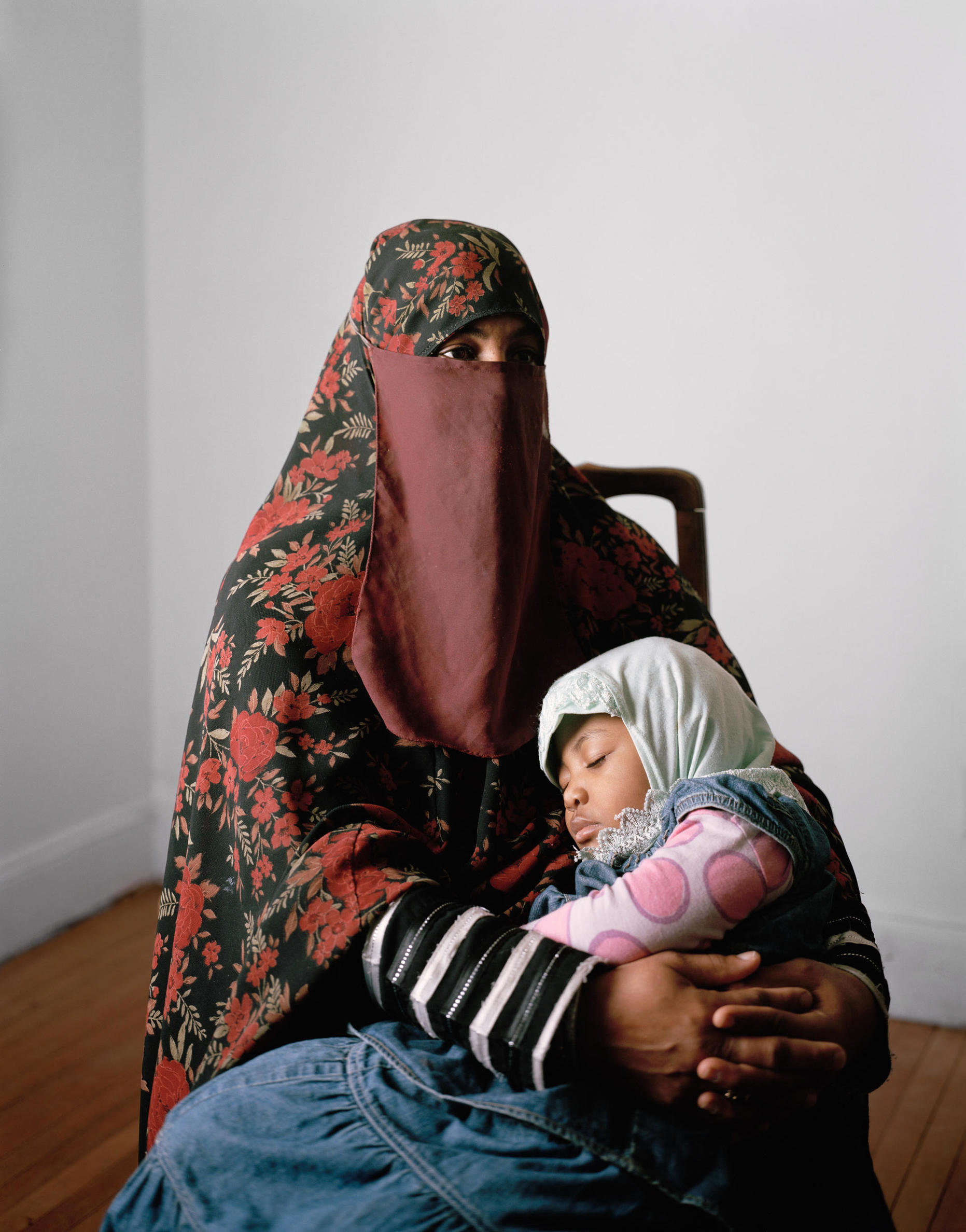Isabella Stewart Gardner meticulously oversaw every detail in her Museum, from the wall finishes to the placement of her art collection. Several creative professionals helped to realize her vision, including Blanche E. Colman (1874–1959), the first woman interior decorator in Boston,¹ who designed the low relief on the ceilings of the Raphael Room and Titian Room (newly restored in 2021).
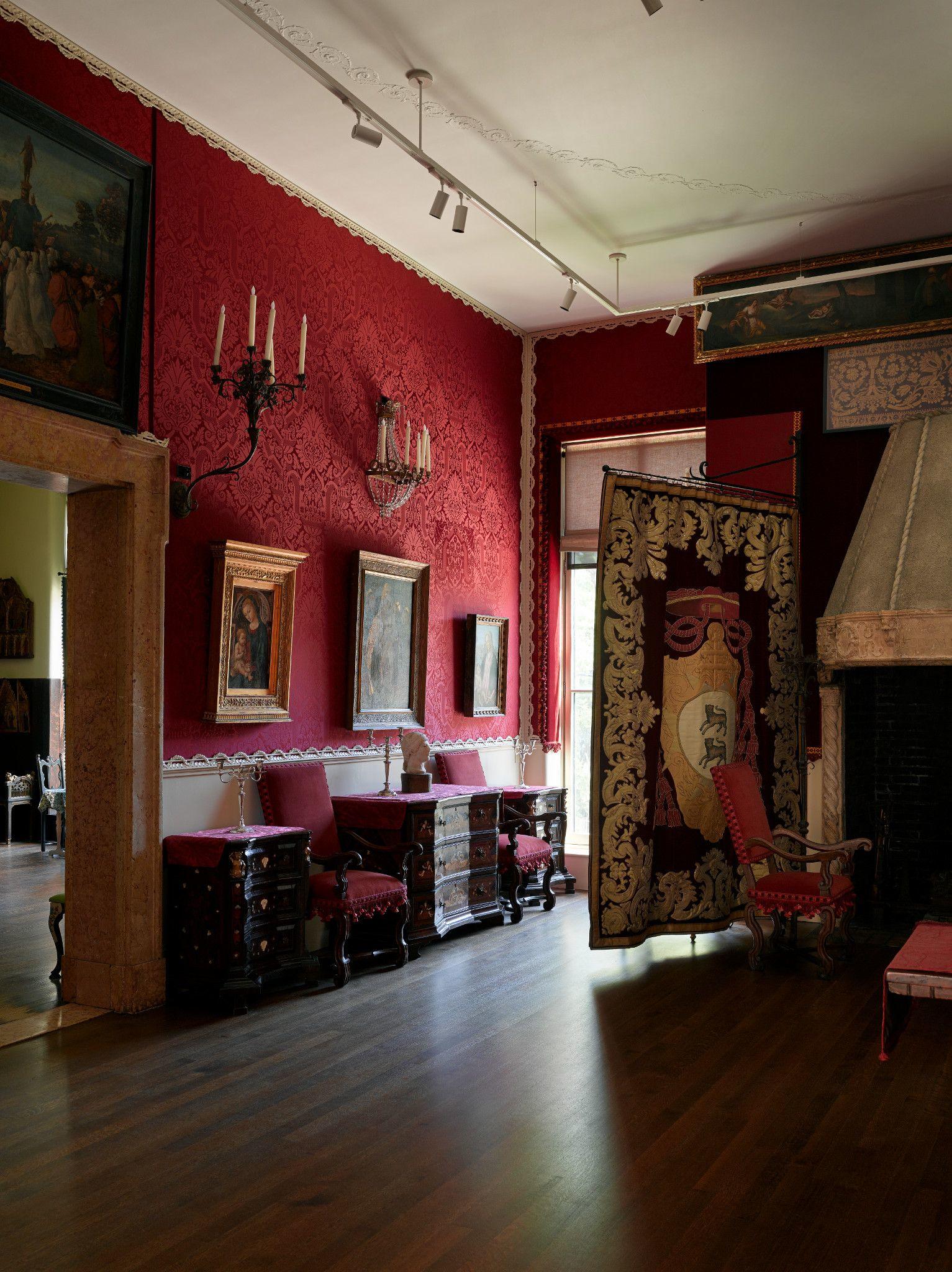
Raphael Room, Isabella Stewart Gardner Museum, showing the ceiling relief designed by Blanche E. Colman
Photo: Sean Dungan
Colman tells the story of her contribution in a letter in the Museum Archives. In 1902, Isabella was putting the finishing touches on the Museum’s galleries and thought the ceilings of the Raphael Room and Titian Room, whose walls were lush with patterned textiles, were too bare. She decided to add a low relief element that would introduce a delicate play of light and shadow. Isabella turned to the local interior design firm of L. Haberstroh & Son, who were already working on a painting project at the Museum.
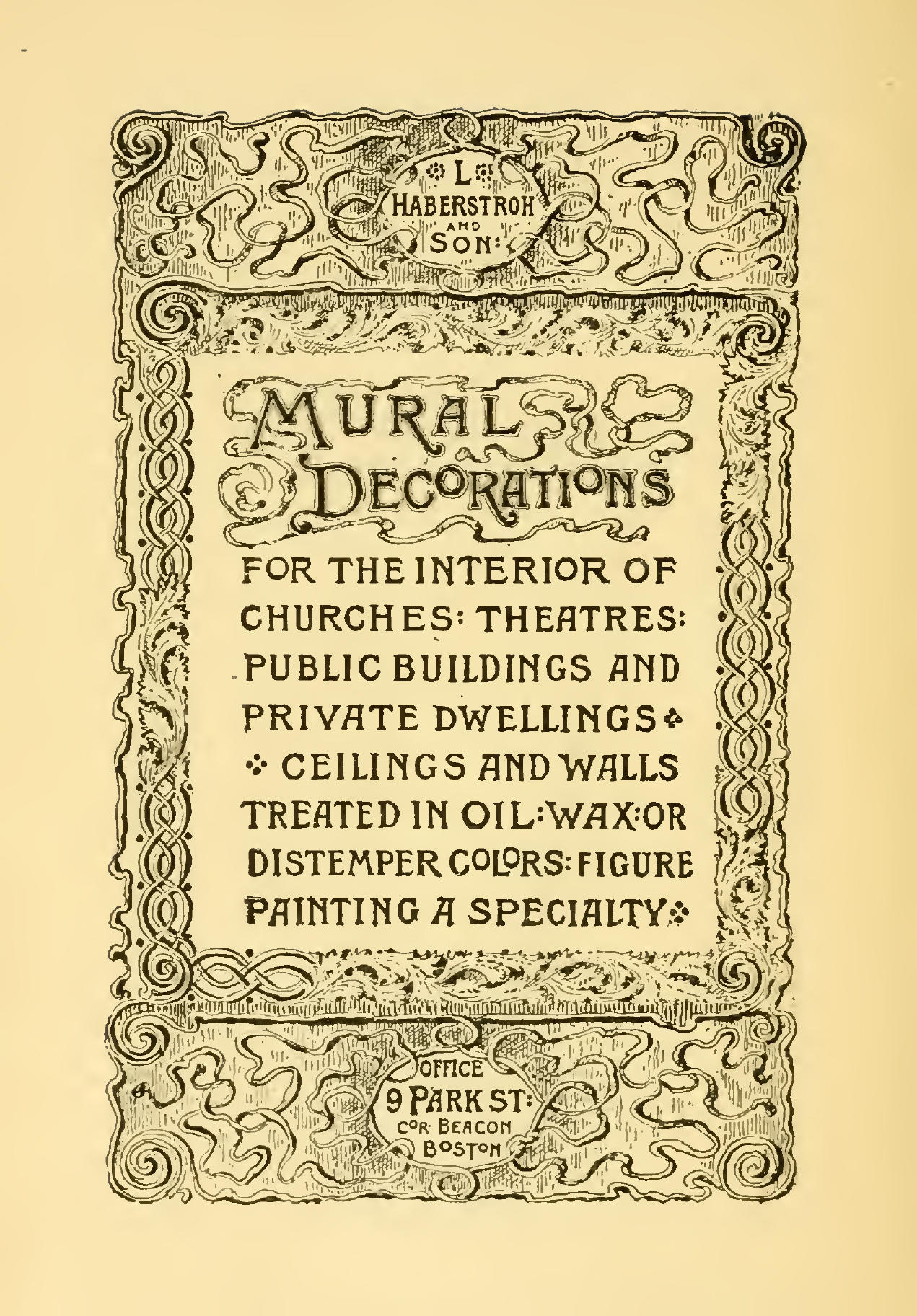
Illustration for H. Haberstroh & Son in Albert Haberstroh’s book A Talk on Mural Decoration (Boston, 1889)
Sure of her vision, Isabella asked for the modelled designs to be cast without a background so that they would look like they were part of the ceiling. This was technically difficult due to the delicacy of the work—Mr. Haberstroh even argued it was impossible. Isabella—who often got her way—insisted, and Haberstroh turned to his talented young designer, Blanche E. Colman, who was eager to tackle the challenge. She made two models in wax to present to Isabella, who liked the designs but thought the relief was too high. Isabella was pleased with the second attempt and the designs were cast—possibly using the Haberstroh Process, a patented technique using a semi-fibrous plastic material²—and installed on the ceilings.
After Colman left L. Haberstroh & Son, she opened her own interior decorating business on Chestnut Street in Boston’s Beacon Hill neighborhood and pursued fine art. She attended the Boston Museum School of Fine Arts and studied under a couple of Isabella’s contemporaries, artists Charles Herbert Woodbury and Denman Waldo Ross, whose work are represented in the collection. She showed paintings and watercolors of New England scenes at the Copley Society and Doll & Richards Gallery.
Passionate about education, Colman became the first woman to head an art program at Boston University when she was appointed as the director of the Art Department in the School of Education in 1919, a position that she held for 13 years. Boston University News reported in 1927 that “she was instrumental in the creating [sic] of the art department and for the last eight years has devoted her energy and most of her time to the institution. Privately, however, she still continues her favorite work of interior decorating.”

“Who’s Who at B. U.; Miss Blanche E. Coleman (sic), Head of the Art Department…” Boston University News, 15 February 1927
From the Boston University Archives at the Boston University Libraries' Howard Gotlieb Archival Research Center
Like Isabella, Ms. Colman left a lasting legacy in her will when she died in 1959. She established the Blanche E. Colman Foundation, the first artist-endowed foundation created to make cash grants to individual artists. Grants are made each year to New England area artists who have completed their formal education, have exhibited considerable talent in the area of painting, sculpture, drawing, printmaking, mixed media, and photography, and exhibit financial need. Recipients include Claire Beckett and Sally Curcio.
In her 1933 letter to the Museum, Colman wrote “it has always been a matter of regret to me that I never met Mrs. Gardner and that she never knew that it was a woman who designed and modelled her request for the low relief designs for her ceilings.” It surely would have pleased Isabella—who supported many women professionals—to know Blanche E. Colman, whose legacy mirrors her own in the support of the arts and whose ceiling designs adds dimension and depth to the Museum’s galleries.
The author would like to thank Beth Zerega, Assistant Director at the Boston University School of Visual Arts for her help in researching Blanche E. Colman and her role at BU.
You May Also Like

Read More on the Blog
Silk Walls in the Titian Room

Learn More
Titian Room Refurbishment

Read More on the Blog
Sarah Wyman Whitman: Artist and Advocate
¹“Blanche E. Colman Obituary,” Boston Globe, 5 February 1959
²“Mural Decoration in Architecture,” The Architectural Record, Boston, July 1896, p. 101.
